Pursuing Compensation After a Red-Light Crash in Ohio
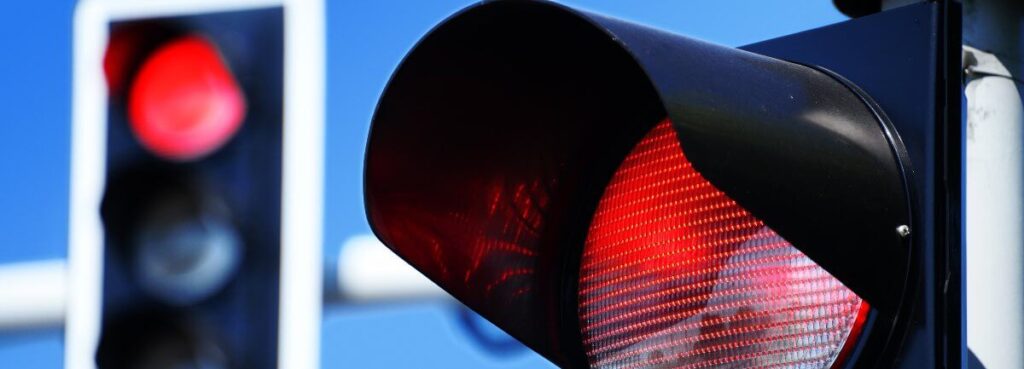
Red-light crashes have the potential to cause devastating injuries, as other drivers do not expect someone to engage in such reckless behavior. Unlike other types of accidents, victims may have little to no time to evade a red-light-runner.
Below, we explain why these collisions occur and the evidence that victims would need to prove that another driver may be liable for damage.
You can seek help from an experienced Cleveland car accident lawyer after an injury in a red-light crash. If you decide to hire Friedman, Domiano and Smith, there will be no upfront costs or fees. We have obtained millions for Cleveland crash victims.
Call Friedman, Domiano and Smith for legal assistance: 216-621-0070.
Common Types of Red-Light Accidents
Drivers who run red lights can cause a variety of collisions. These are some of the most common red-light crashes:
T-bone Collisions
T-bone collisions are also known as side-impact crashes. This type of crash happens when one vehicle strikes the side of another.
Sometimes the vehicle that got hit had the right of way. For instance, the driver may have had a green light and been traveling through an intersection just before the collision.
There are other times when the car that hits the side of the other vehicle had the right of way. The other vehicle ran through a red light and across the path of the other vehicle.
Head-On Collisions
Another danger of running a red light is that you could enter the path of a vehicle making a left turn. This could result in a head-on collision.
This could result in catastrophic injuries for everyone involved, particularly because a head-on collision can result in serious damage to both vehicles.
Rear-End Collisions
If a driver runs a red light, other drivers may come to an abrupt stop to avoid a collision. This could lead to a rear-end collision between the driver who stopped and the car behind him or her. Sometimes there is a chain reaction, where multiple cars hit the back of the car in front of them.
Pedestrian and Cyclist Accidents
When drivers run a red light, they risk hitting a pedestrian or cyclist who may be crossing the street. Pedestrians and cyclists can suffer serious or life-threatening injuries if they get hit by a motor vehicle, no matter how fast the vehicle was traveling.
You may think it should be easy to establish who is at fault for red-light accidents like these. However, insurance companies can make things much more complicated. They can come up with all kinds of excuses for why victims should be held liable.
This is why you need an experienced lawyer fighting for your rights after an accident. At Friedman, Domiano and Smith we have taken on many insurance companies over the years. We know how to gather extensive evidence to prove fault for a motor vehicle crash in Ohio.
Why Do Drivers Run Red Lights?
There are many reasons why drivers decide to run red lights. For example, if a driver is texting or talking on the phone, he or she may not notice the traffic signal change. Drivers often run red lights when they are running late, and they want to try to save time.
These are some of the other reasons why drivers may run a red light:
- Reckless driving: Aggressive, speeding drivers may not be able to stop before they are inside the intersection, which may result in running a red light.
- Impaired driving: Drivers who are under the influence of alcohol and drugs have a slower reaction time. They may also be more likely to run a red light due to their inability to make sound decisions.
- The light turns yellow when you are too close to the intersection to stop: Sometimes the light turns yellow when you are too close to the intersection to stop in time and not close enough to get through the intersection before the light turns red. However, there may be other factors at play, such as speeding.
After the crash, the other driver may have a lot of excuses for why he or she should not be found at fault. However, at-fault drivers have plenty of incentive to try to avoid liability.
If you think the accident was the other driver’s fault, you should review the situation with an experienced lawyer.
What Types of Evidence Could Prove That Another Driver Ran a Red Light?
Many intersections with traffic lights have cameras that record traffic in intersections. This footage could be used to show that the at-fault driver ran a red light, in violation of the law. Our lawyers know how to determine if there may be video footage of a collision and how to obtain it to build a strong case.
Eyewitness testimony can be another way to prove that the at-fault driver was responsible for the crash. An eyewitness who saw what happened could write a statement explaining what he or she observed. This testimony can be particularly strong if it lines up with your statements about the crash and other evidence your lawyer gathers.
Here are some other examples of the types of evidence that may be available at a car crash scene or may be collected:
- Skid marks – Skid marks could tell you whether the at-fault driver slowed down or even how fast this driver’s car was traveling.
- Vehicle damage – The location and extent of the damage to the vehicles could indicate what happened during a car crash.
- Position of vehicles after a car crash – The position of the car after a crash can help your lawyer determine who may have been at fault.
- Police report – A police report can be an important piece of evidence, especially if it details a traffic citation issued to the other driver. The report may also provide detail about the other driver’s intoxication.
Call Friedman, Domiano, And Smith to Review Your Legal Options
Although compensation cannot erase the trauma of an accident, it could help you with medical expenses, vehicle repairs and other damages.
Our attorneys are prepared to help you understand your legal options. We have been helping injured car crash victims for decades, securing millions in compensation. Our services are provided with no upfront fees.
Contact us today to learn more: 216-621-0070.
Comments are now closed
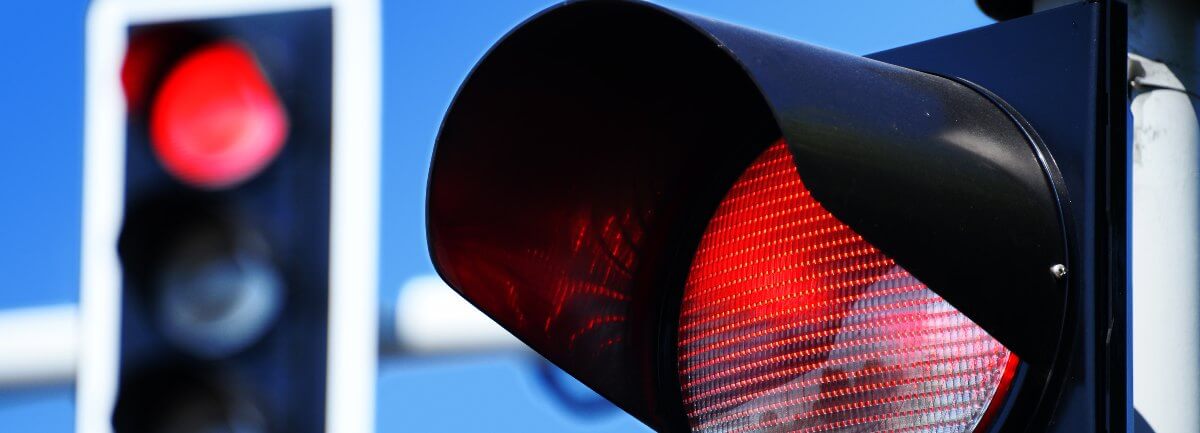
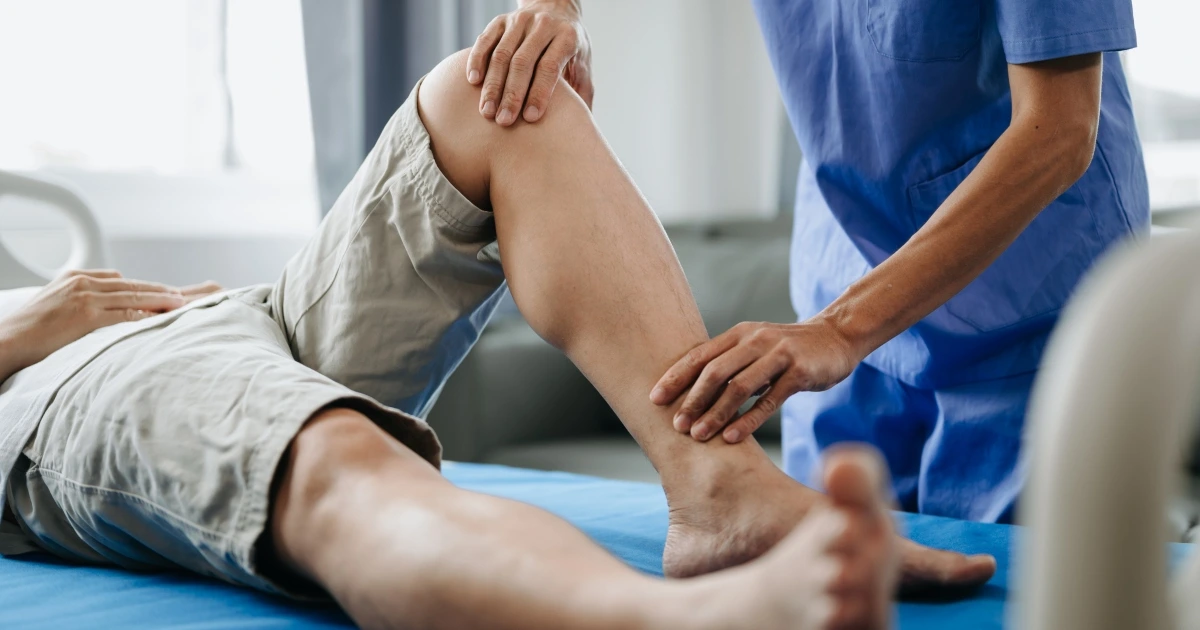
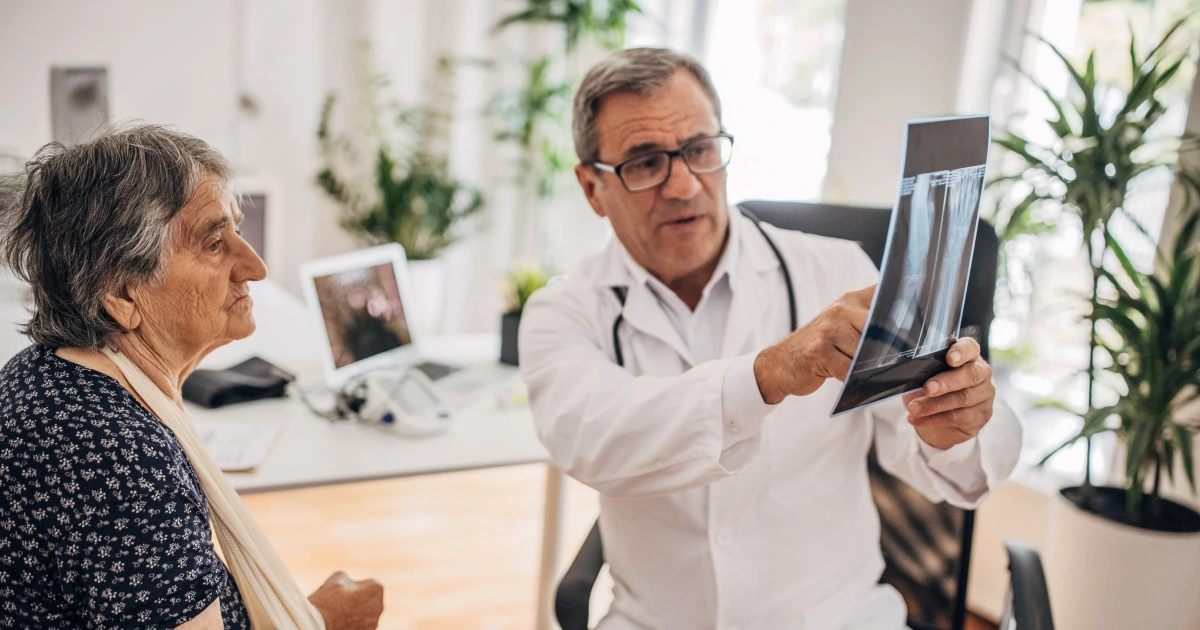
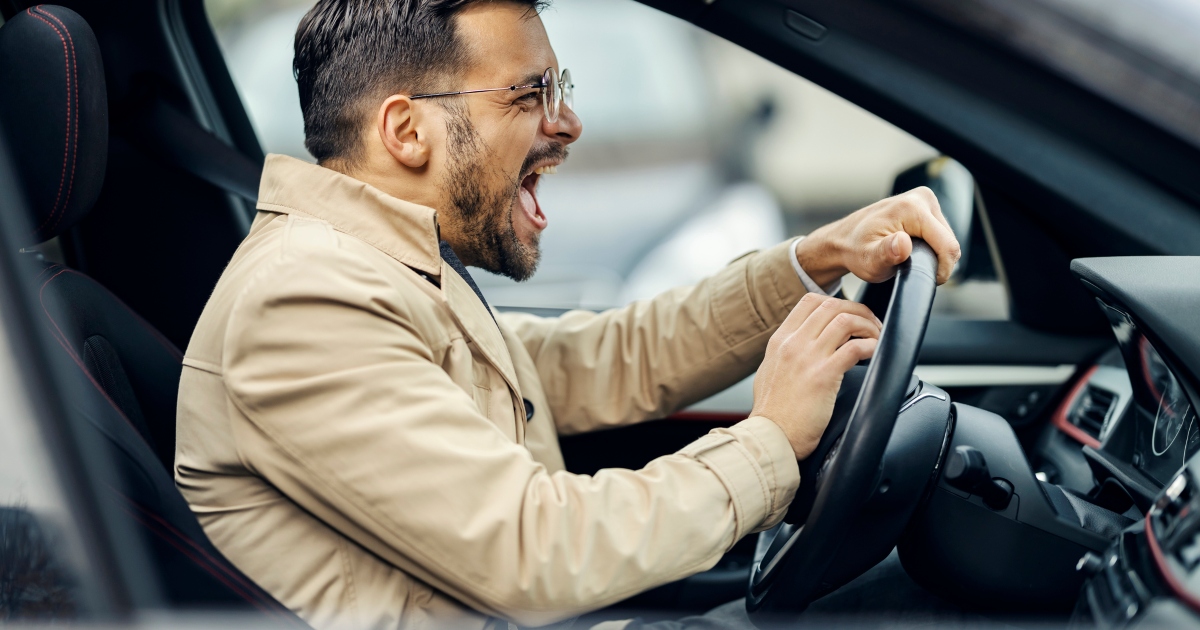
Comments